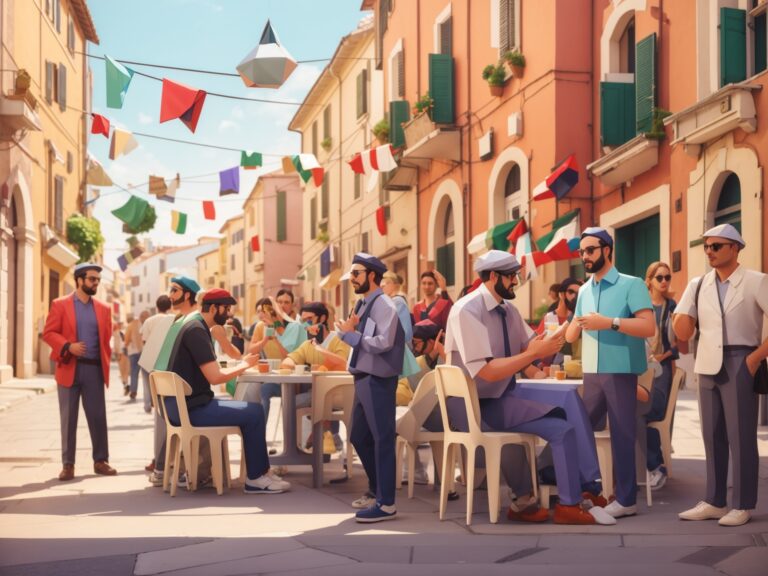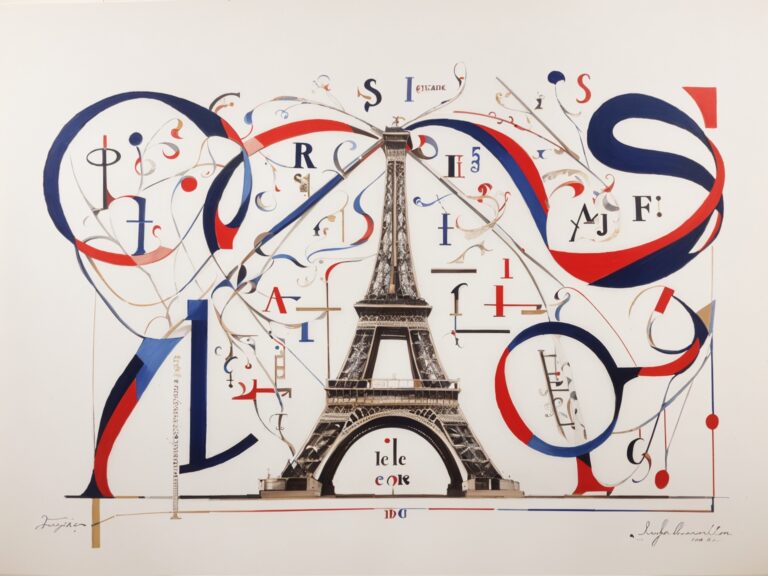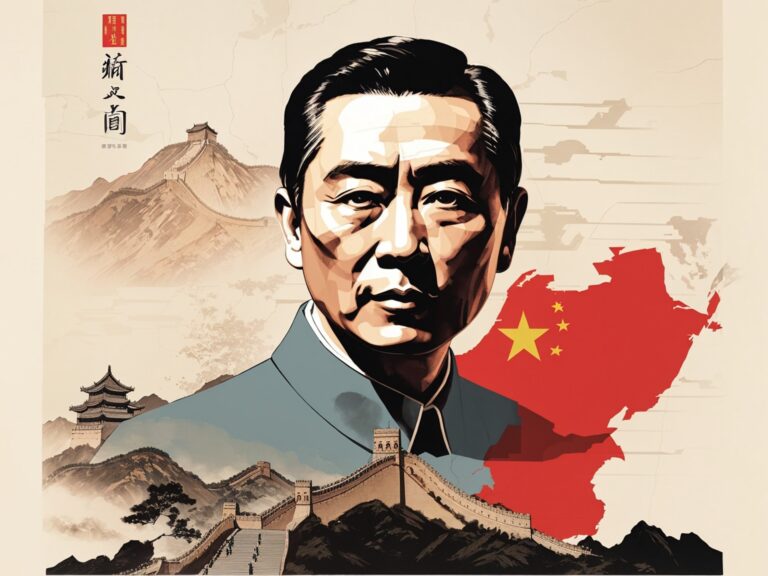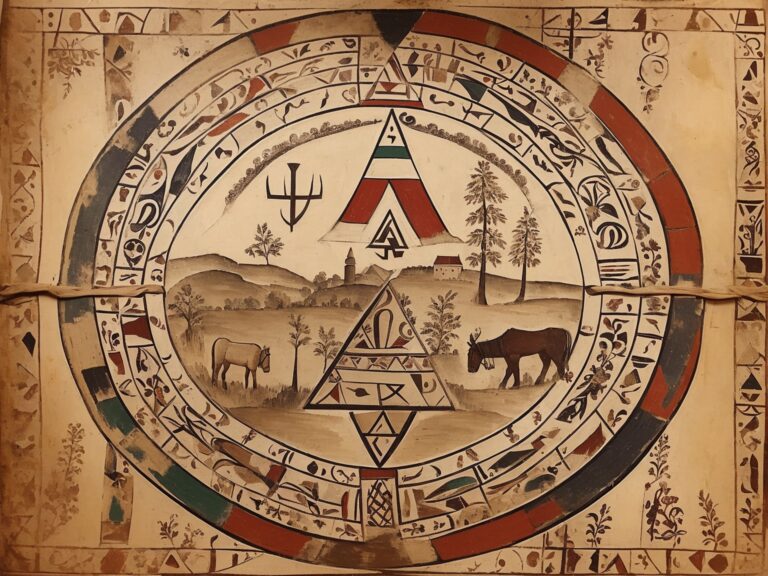The Sicilian language, known in its original form as “Sicilianu”, occupies a unique position in the mosaic of Romance languages. This article seeks to delve deep into the historical, cultural, and linguistic peculiarities of this vibrant and complex language.
I. Introduction
Before we embark on our journey into Sicilian, it’s important to clarify one fundamental thing: Sicilian is not merely a dialect of Italian, but a distinct language on its own. While it does share similarities with Italian due to geographical proximity and political ties, it also features significant differences in vocabulary, grammar, and pronunciation. This makes Sicilian a rich and interesting study for anyone interested in linguistics, history, or culture.
Sicily, the island where the language is predominantly spoken, is situated at the crossroads of the Mediterranean, making it a melting pot of cultures and languages. This history of cultural mixing has left an indelible mark on the Sicilian language, infusing it with influences from Greek, Arabic, French, Spanish, and even Germanic languages.
II. History of the Sicilian Language
The story of the Sicilian language is tightly intertwined with the history of Sicily itself. The island was home to the Sicels, an ancient Italic tribe, after whom Sicily was named. This prehistoric population spoke a language that bore resemblance to Latin, contributing to the linguistic foundation of Sicilian.
Sicily’s strategic location made it an attractive conquest for various Mediterranean powers. The Romans, Greeks, Vandals, Ostrogoths, Byzantines, Arabs, Normans, Spanish, and finally, Italians, all controlled Sicily at different points, each leaving a linguistic footprint. This history of conquest and cultural exchange has shaped Sicilian into a uniquely multifaceted language.
Greek Influence
The Greeks colonized Sicily in the 8th century BCE, bringing their language and culture with them. Greek influence is still noticeable in Sicilian, especially in the eastern and southern parts of the island. Many Sicilian words derive from Greek, such as “àgghiri” (to collect, from the Greek “aggeirein”), and “pìschiti” (small, from the Greek “mikros”).
Latin and Romance Evolution
The Roman conquest of Sicily in the 3rd century BCE introduced Latin to the island. However, Sicily was far from Rome’s core territories, resulting in a local variant of Latin, distinct from the classical version. This early divergence laid the foundation for Sicilian to evolve separately from Italian, despite both being rooted in Latin.
As the Western Roman Empire fell, Sicily experienced invasions from the Germanic Vandals and Ostrogoths. Though their influence on the Sicilian language was relatively minor, some words of Germanic origin still survive in Sicilian, such as “gancia” (wrench, from the Germanic “wankja”).
Arabic Influence
The period of Arab rule (9th-11th centuries) had a profound influence on Sicilian. The Arabs introduced new agricultural techniques and crops, many of which required new terminology. As a result, many Sicilian words related to agriculture and food have Arabic roots, such as “zibbibbu” (raisin, from the Arabic “zabīb”).
Norman and French Influence
In the 11th century, the Normans, of Viking origin but culturally French, conquered Sicily. Under their rule, Sicily became a prosperous and culturally rich kingdom. The Normans, despite their Norse origin, were francophone, and they left a significant French imprint on the Sicilian language. Words such as “accattari” (to buy, from the Old French “achater”) and “sciàmmula” (jewel, from the Old French “joyel”) reflect this influence.
Spanish Influence
Spain’s rule over Sicily (14th-18th centuries) further diversified the Sicilian language. Many Sicilian words have Spanish roots, such as “bancu” (bench, from the Spanish “banco”) and “giardinu” (garden, from the Spanish “jardín”).
III. Features of the Sicilian Language
The Sicilian language is unique and complex, boasting a rich vocabulary and a grammar system that is both nuanced and distinct from Italian.
Vocabulary
Sicilian vocabulary is a testament to the island’s varied historical influences. Many words are exclusive to Sicilian, while others share etymological roots with Italian but have diverged in meaning. For example, the Italian word “ragazzo” means boy, while the Sicilian equivalent “ragazzu” can mean both boy and girl.
Phonetics
The phonetics of Sicilian differs from Italian in several ways. For instance, Sicilian often doesn’t differentiate between voiced and voiceless consonants. In Italian, “casa” (house) and “gatto” (cat) start with different sounds, while in Sicilian, the words “casa” and “gattu” both start with the same sound.
Grammar
Sicilian grammar also exhibits unique features. The language uses Latin’s neuter gender, lost in most other Romance languages. In addition, it displays a wider range of past participle endings than Italian, providing a complex system for expressing nuances of action and condition.
IV. The Current State of the Sicilian Language
Despite its rich history and unique characteristics, the Sicilian language faces challenges. Today, Italian is the official language of Sicily, used in government, education, and media, leading to a decline in the use of Sicilian. Moreover, there is a degree of variation within Sicilian itself, with different dialects spoken across the island.
Efforts are underway to preserve and promote the Sicilian language. Organizations like the Sicilian Language Institute work to standardize the language, develop teaching materials, and raise awareness about its cultural significance. The language is also kept alive through literature, music, and theatre, and its usage in everyday conversation remains common among the older generation.
The Sicilian language is an integral part of the island’s cultural identity, providing a rich tapestry of its history and a unique variant of Italian. This precious linguistic heritage, nurtured by millennia of cultural exchanges, deserves recognition and preservation for future generations to appreciate.











